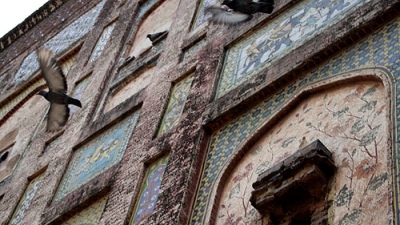In a world where more than half of the population already lives in cities and more than 90 percent of urban growth is occurring in the developing world, cities often struggle to modernize without losing the unique character embodied in their downtowns and historic cores.
A series of studies in a new book, The Economics of Uniqueness, show how embracing regeneration of downtowns and adaptive reuse of their assets can pay off in many ways for rapidly expanding cities and their populations. Through the insights of leading scholars and practitioners in heritage economics, the book presents the most current knowledge on how these assets can serve as drivers of local economic development.
“The past can become a foundation for the future, providing crucially needed continuity and stability, as well as economic benefits,” explain Guido Licciardi and Rana Amirtahmasebi, the editors of The Economics of Uniqueness.
The Value of Heritage
Reusing built assets and regenerating underutilized land in central locations ties into the best practices of inclusive green growth, the pathway to sustainable development.
The benefits of investing in downtowns and their heritage for livability, job creation, and local economic development have been increasingly studied and debated over the last few decades, and the economic theory underpinning investment is becoming substantially more robust, as well as financing tools to make it happen.
A city’s downtown can differentiate that city from competing locations, branding it nationally and internationally and helping it attract investment and talented people. Studies show that the cities that are the most successful at attracting investment and businesses to meet the aspirations of their citizens, while alleviating poverty and promoting inclusion, are those that are able to harness all of their resources -- including the heritage in their historic cores.
“Heritage anchors people to their roots, builds self-esteem, and restores dignity. Identity matters to all vibrant cities and all people,” says World Bank Vice President for Sustainable Development Rachel Kyte.

